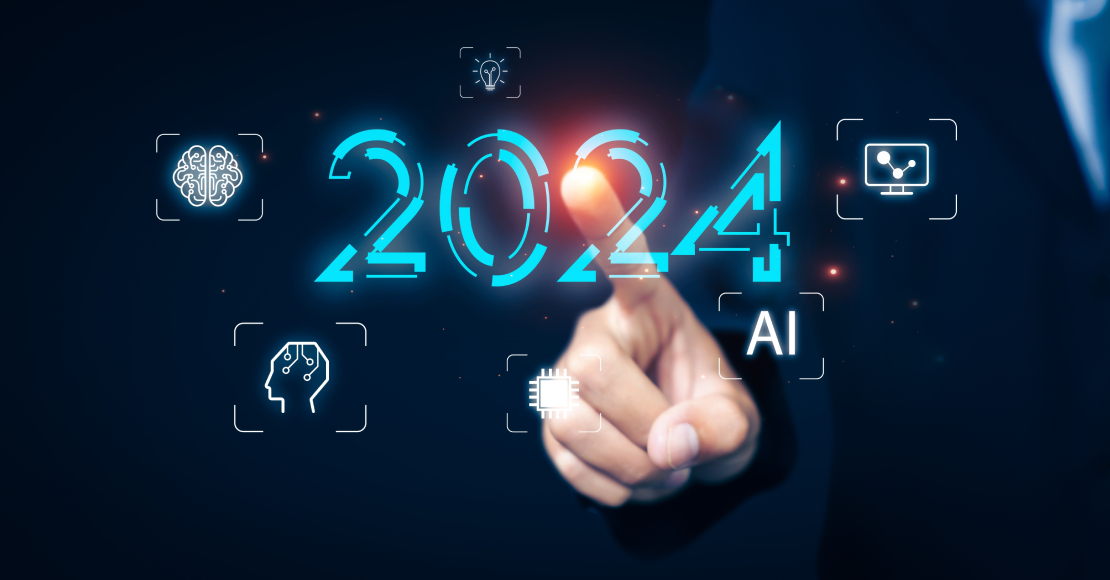How Penetration Testing Can Uncover Hidden Security Risks
Cyber threats are always evolving, and cyber criminals are constantly on the lookout for new tactics and tools. Safeguarding sensitive data and maintaining operational continuity is crucial for businesses of all sizes. Sometimes, though, the best way to combat the threat of hackers is to fight fire with fire. In other words, to try and hack your own defences. Cyber security assessments and penetration testing are two of the most indispensable tools for modern businesses, helping them to strengthen their security and find vulnerabilities before criminals can exploit them.
The Importance of Penetration Testing
The UK’s National Cyber Security Centre defines penetration testing as “A method for gaining assurance in the security of an IT system by attempting to breach some or all of that system’s security, using the same tools and techniques as an adversary might.” Penetration testing – and other cyber security assessments – are proactive measures designed to find and deal with any vulnerabilities in an organisation’ network. Unlike more conventional preventative measures, this method of testing puts cyber security experts in the shoes of a cyber attacker.
By simulating real-life cyber attacks, penetration testing gives businesses invaluable insights into the effectiveness of their existing cyber defences, and highlights any areas that require immediate attention. Not only does this approach help organisations to fortify their defences, but it also helps them to stay one step ahead of emerging threats and even compliance requirements.
The Dangers of Vulnerabilities
In recent years, a number of high-profile incidents have shown the importance of penetration testing. From data breaches to ransomware attacks, businesses of all sizes can fall victim to cyber attacks because of overlooked vulnerabilities.
For example, one of the biggest cyber attacks in recent years was the WannaCry ransomware attack in 2017. It affected 230,000 computers in 150 countries around the world. In the UK, thousands of hospitals were affected – the attack was estimated to cost the NHS £92 million. The effects of this attack could have been prevented with penetration testing. Cyber criminals were able to exploit a vulnerability in outdated versions of Windows. Microsoft had released a patch for this vulnerability two months earlier.
More recently, the security firm Salt Security found a number of vulnerabilities in ChatGPT plugins. These vulnerabilities could be exploited by cyber criminals. This would allow them to steal data, and even take over accounts on third-party websites like GitHub or Google Drive. Although these have already been patched, a vulnerability like this could have affected millions of people – according to recent data from Open AI, ChatGPT has over 180 million monthly users.
Examples like these showcase the potential consequences of neglecting cyber security assessments, as well as the need for proactive measures, to identify and remediate vulnerabilities before they can be exploited.
The Shift Towards Continuous Penetration Testing
Sometimes, however, penetration testing isn’t enough. In today’s cyber security landscape, periodic security assessments can no longer address the amount and scope of cyber threats. Many businesses are recognising the need for continuous monitoring and evaluation of their cyber defences, and embracing the concept of continuous testing.
This entails ongoing assessments and real-time analysis of security controls, enabling organisations to detect and respond to emerging threats swiftly. By integrating penetration testing into their cyber security strategy on a regular basis, businesses can stay vigilant against evolving threats and adapt their defences accordingly.
How Infosec K2K Can Help
Here at Infosec K2K, we specialise in Identity and Access Management (IAM) solutions. These are complemented by comprehensive cyber security services. Our assessments include Risk Assessments, IAM Maturity Assessments, and a comprehensive IAM Health Check. As well as evaluating your defences, our experts will offer actionable recommendations. These services can be meticulously crafted to suit the unique needs of each client. With a team of security experts and an array of specialist partners including AT&T Cybersecurity and Picus Security we conduct exhaustive assessments of your security. This way, we can pinpoint any vulnerabilities in an organisation’s digital ecosystem.
Working with Infosec K2K offers businesses many advantages. Our team can identify security risks across diverse environments, or offer tailored solutions for your specific security requirements. We also provide continuous support, ensuring compliance with regulations and industry standards. With regular cyber security assessments, we can uncover risks and fortify businesses’ security posture over time. We help businesses defend themselves against new threats and address vulnerabilities before they can be exploited.
In an era defined by relentless cyber threats, the importance of proactive measures like assessments and penetration tests can’t be overstated. This way, businesses can safeguard their assets, maintain customer trust, and avoid the costly repercussions of data breaches and cyber attacks. At Infosec K2K, we’re committed to helping organisations navigate today’s complex threat landscape securely. By partnering with us and our network of partners, businesses can embrace a proactive approach to protecting their assets.
Whatever solution you’re looking for, we can help. The experts at Infosec K2K can offer you specialist guidance, and help you find the product that’s the best fit for you.
Get in touch with us to find out more about how we can help you.

